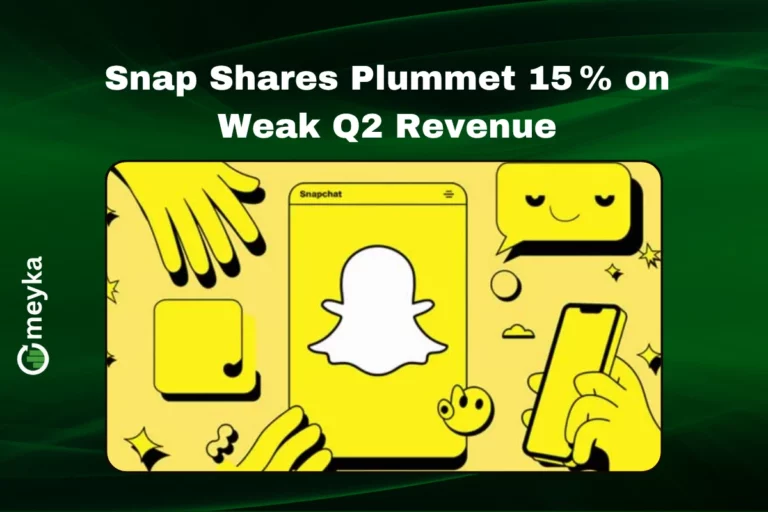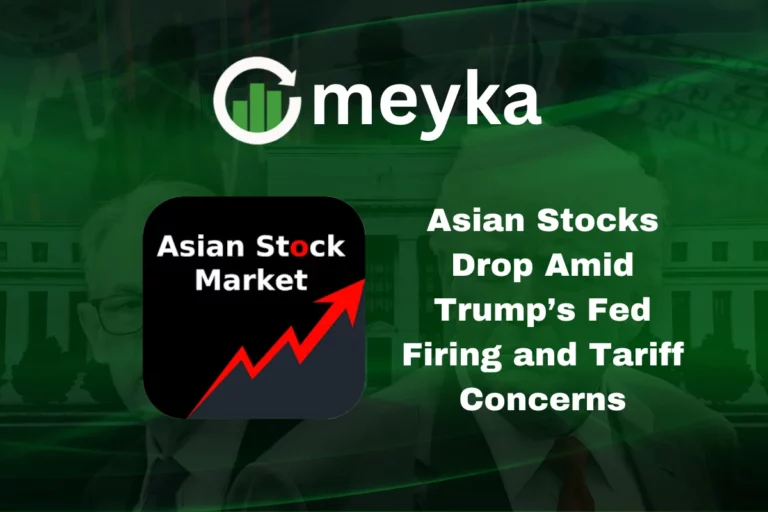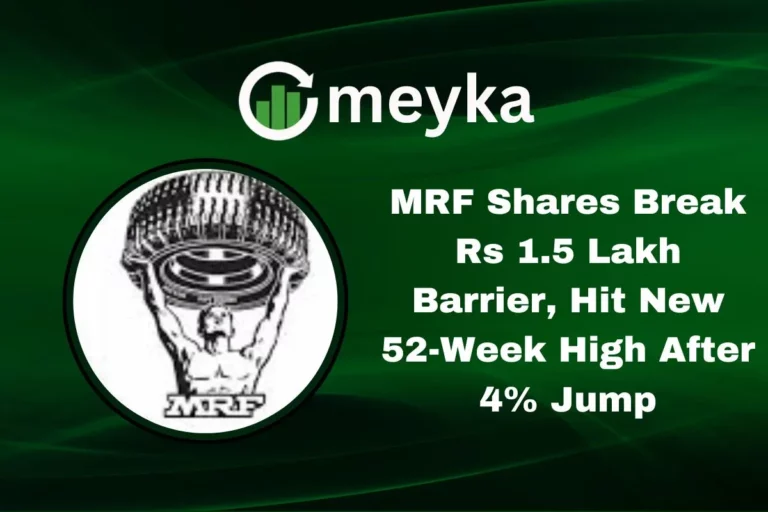Gold Price Retreat After Two-Day Rebound Amid US Government Reopening Hopes
On November 12, 2025, gold price pulled back slightly after a strong two‑day rebound. The drop comes as hopes grow that the U.S. federal government may reopen soon. With lawmakers inching closer to a funding deal, investors feel less need for the usual “safe‑haven” shelter that gold offers. This shift in sentiment has taken some steam out of gold’s upward push.
At the same time, stronger signals from the dollar and yields are weighing on the metal. Let’s explore the key forces behind gold’s retreat, how the changing political mood in Washington matters, and what it could mean for gold moving forward.
Recent Gold Price Movements
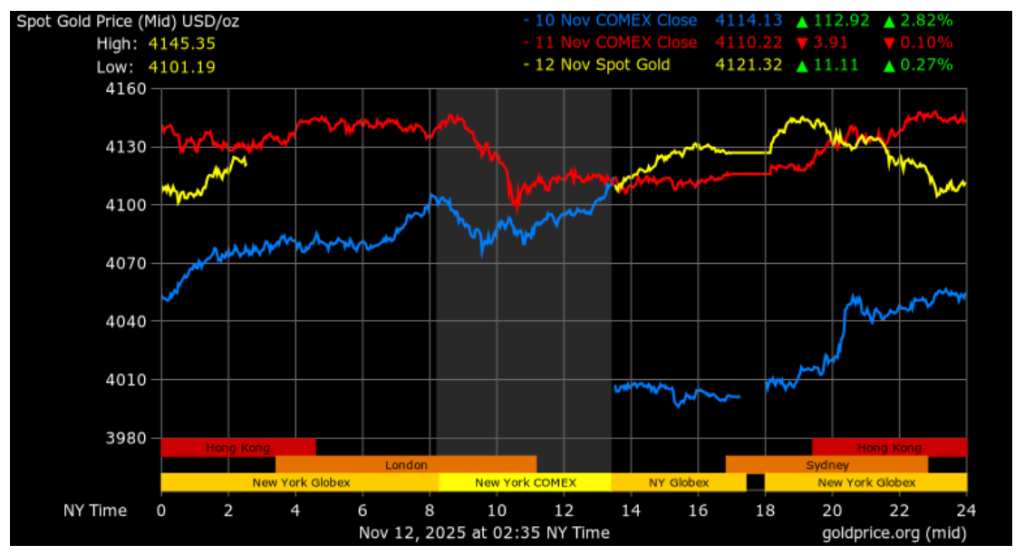
On November 10, 2025, gold price surged nearly 3 % to hit a two‑week high after weaker‑than‑expected U.S. data bolstered hopes of a Federal Reserve (Fed) rate cut in December. Spot gold climbed to about $4,111 per ounce, with December futures at roughly $4,122. The upside was aided by optimism that the U.S. federal government shutdown might end soon, reviving economic data releases. However, by November 12, 2025, gold eased back spot fell 0.5 % to $4,107.41 as the U.S. dollar firmed and investors took profits.
Impact of U.S. Government Reopening Hopes
The possible reopening of the U.S. government lifted sentiment across markets. The United States Senate advanced a funding bill that would end the record‑long shutdown and restore economic data flows. With that expectation, investors felt some safe‑haven demand for gold, as they anticipated higher borrowing and maintaining loose fiscal policy. More data means a clearer picture of the economy if weak, that might prompt a rate cut, which tends to support gold.
U.S. Dollar and Treasury Yields Influence
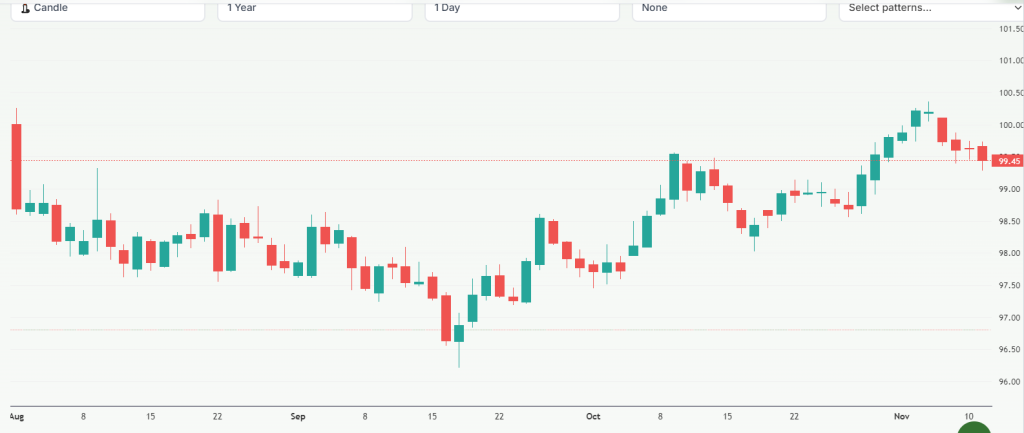
Gold price often moves opposite the U.S. dollar and bond yields. When the dollar strengthens, gold becomes more expensive in other currencies and demand can ease. On November 12, gold’s dip coincided with a modest dollar pick‑up and higher yields. Also, with the shutdown ending, more economic data may support stronger growth and lead to higher yields. Both scenarios are less favourable for non‑yielding gold. Prior to the retreat, weaker data had pushed yields down and supported gold’s rally.
Broader Economic Indicators
Recent U.S. data underscored economic stress: job losses in October, weak consumer sentiment, and stalled releases due to the shutdown. The disruptions delayed key metrics such as employment and CPI, making investors unsure of the Fed’s next move. With growth concerns mounting, the case for a rate cut strengthened, which boosted gold.
Yet, with the shutdown possibly ending, clarity returns and that can shift focus towards growth, not just risk. Analysts also point to significant gold buying by the People’s Bank of China, China added to reserves for the 12th month in a row in October.
Market Sentiment and Investor Positioning
The market’s positioning reflects a mix of optimism and caution. Demand for gold was high amid rate‑cut hopes and safe‑haven flows. Yet with the pullback, some investors locked in gains. Spot funding levels and ETF holdings suggest heightened interest: for example, the SPDR Gold Trust holdings rose to 1,046.36 metric tons. Analysts advise buying on dips rather than chasing rallies. In short, the mood is bullish but the market is also alert to changing signals.
Short‑Term and Long‑Term Outlook
In the short term, gold’s path depends on two key scenarios:
- If the U.S. government reopens and economic data strengthens, the dollar and yields may rise tending to pressure gold.
- If data remains weak or political risk resurfaces, safe‑haven demand and rate‑cut expectations may keep gold supported.
Looking further out, several long‑term drivers remain in gold’s favour: inflation concerns, central‑bank purchases, and geopolitical instability. While short‑term swings will be driven by macro shifts, gold’s role as a hedging asset remains intact. Some analysts project gold may test the $4,200-$4,300 range this year, with upside potential as high as $5,000 per ounce in early 2026 if supportive conditions persist.
Bottom Line
Gold’s recent pullback on November 12, 2025 shows how sensitive the market is to U.S. political and economic news. The two-day rebound gave investors hope, but stronger dollar and rising yields capped gains. While short-term swings depend on government reopening and economic data, gold’s long-term appeal remains.
Inflation, central bank buying, and global uncertainties continue to support the metal. Investors should expect volatility but can still view gold as a key hedge against risk and economic uncertainty.
Frequently Asked Questions (FAQs)
Gold prices fell on November 12, 2025, as the U.S. dollar strengthened and Treasury yields rose. Investors took profits after a two-day rebound and lower safe-haven demand.
The U.S. government reopening reduces uncertainty. When investors expect stability, safe-haven demand for gold drops. This can cause gold prices to fall, as seen in November 2025.
In 2025, gold may stay volatile. Gold Price can rise if economic risks increase or fall if the U.S. economy strengthens. Investors watch government actions and Fed decisions closely.
Disclaimer: The content shared by Meyka AI PTY LTD is solely for research and informational purposes. Meyka is not a financial advisory service, and the information provided should not be considered investment or trading advice.


